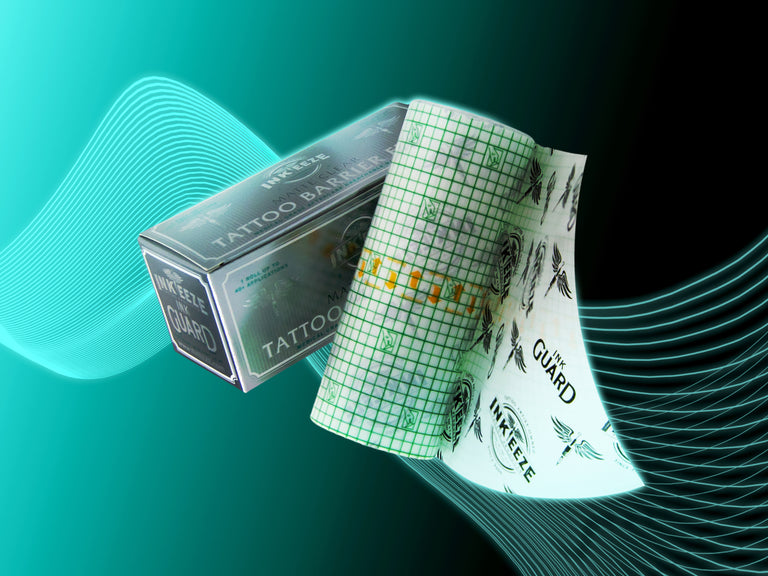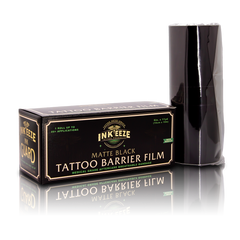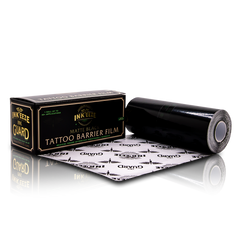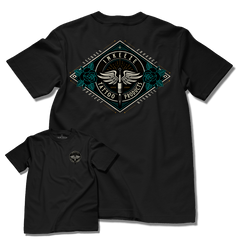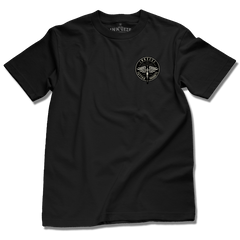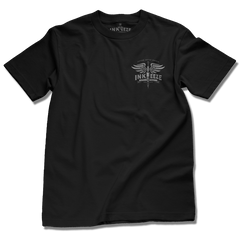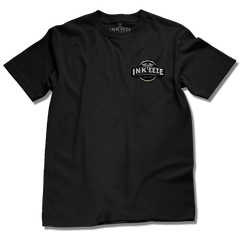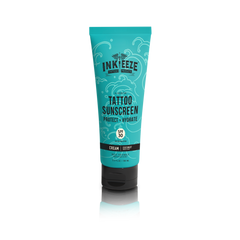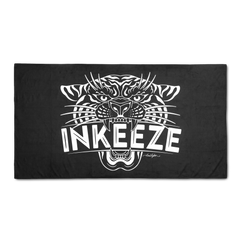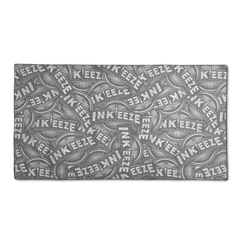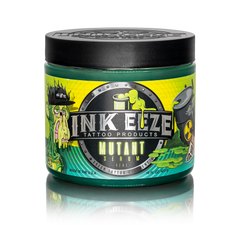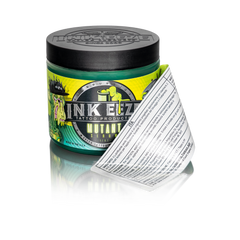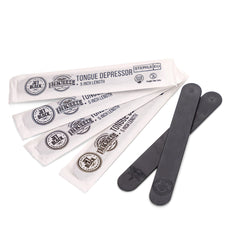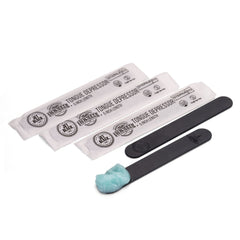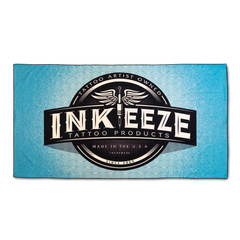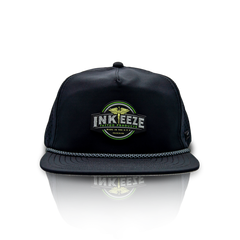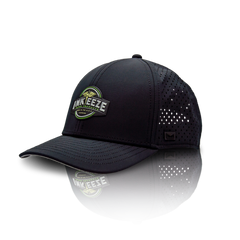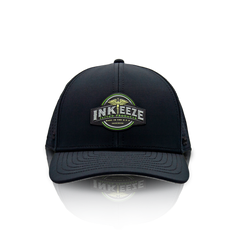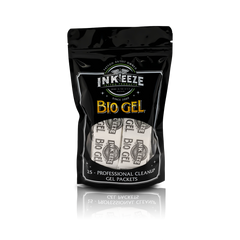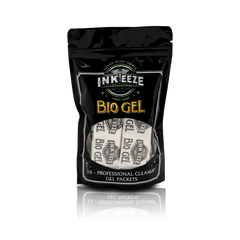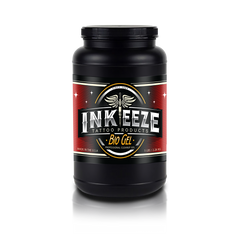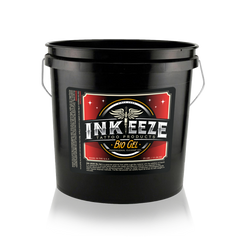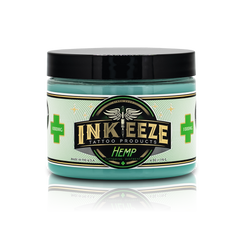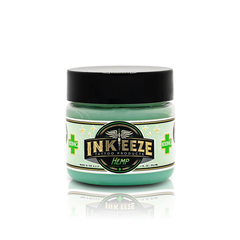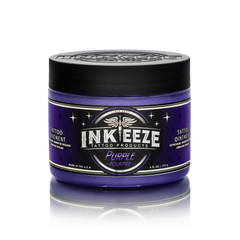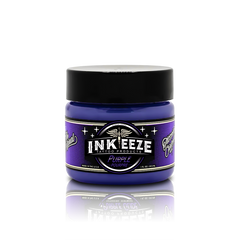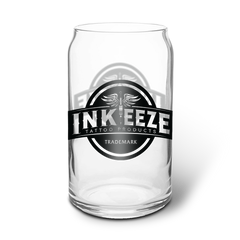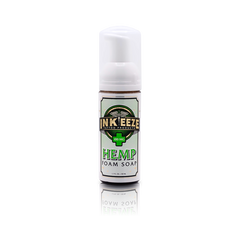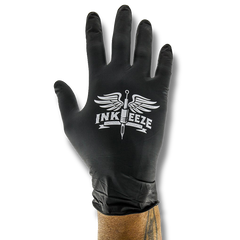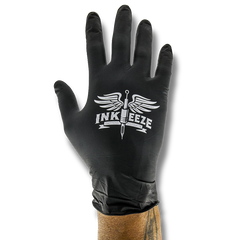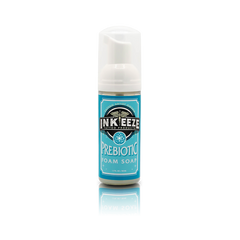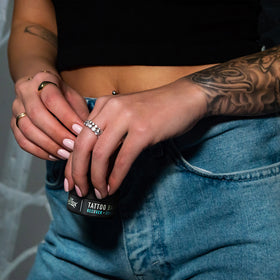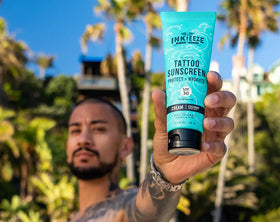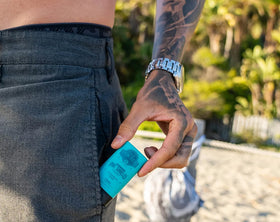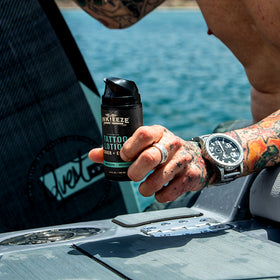Do I have to worry about allergies from Ink Guard Tattoo Film?
There is no need to reclaim the fame of Inkeeze in the market as a successful ink barrier. Although there are still people who refrain from applying tattoo guards. The recovery properties of Ink Guard Tattoo Film give convenient, highly effective, and clean protection to tattoo lovers everywhere. Tattoo enthusiasts and artists globally acknowledge the properties and benefits of Ink Guard Tattoo Film for soothing tattoo wounds and protect the artwork as a shield. Ink Guard Tattoo Film resolves many problems at once leaving the tattoo artist and collector at ease.
Having said so, we get some concern over messages and comment boxes regarding the correct method to apply Ink Guard Tattoo Film. There are a few questions like, “I believe Ink Guard Tattoo Film has given me allergies. Do I need to worry?” and “I have very sensitive skin. Should I use Ink Guard Tattoo Film?” In this detailed article, we will try to answer your queries about possible reactions from using a product like this, how you can avoid allergies and how to recover your skin if you face an allergic reaction.

Ink Guard Film Recovery Properties and how it works
Ink Guard Tattoo Film is an adhesive-based clinical bandage made out of polyurethane. This product is designed to protect the ink of tattoos. One of the prime features of this product is that it's extremely breathable. It allows oxygen circulation to your skin while it blocks infectious particles to enter. Ink Guard Film can save you the lengthy processes of traditional tattoo healing because you can put it on, set it and forget it for 3-7 days while the tattoo recovers.
When you apply Ink Guard Tattoo Film, you allow your skin to regenerate and grow from the existing wound. Tattoos are less likely to peel off if you use Ink Guard Tattoo Film instead of other healing methods. It also reduces the chances of you getting an infection because it blocks all the contaminants outside. Ink Guard Tattoo Film keeps your wound recovering while it protects the brightness and details of your tattoo.
The difference between cross-reactions and allergies
We must keep our heads clean about the difference between a cross-reaction and allergies to better understand the topic. When two unwanted and foreign substances cross each other, they can cause a reaction under neath the Ink Guard Tattoo Film. Generally, the chemical disagreements between the two elements cause some sort of skin irritation. This reaction rarely stays for more than a few minutes and can last for a few days.
On the other side, allergies are the body’s response to an external substance. There are all kinds of allergies an individual might face due to latex, drugs, foods, dust particles, pets, pollen of flowers, adhesives, etc. If someone does have an allergic condition to adhesives, there might be a small chance that the Ink Guard Tattoo Film's adhesive disagrees with that person too. These kinds of allergies are generally a lifelong physical condition of a person that they should be aware of before using a product like this.
How to avoid allergies: check for yourself with this easy test
It’s very common for tattoo artists to ask a client if they have any adhesive or latex allergy. If the client is unsure, the tattoo artist can simply do a strip test to find out. Before you apply all of the Tattoo Film, the strip test will tell you how a persons skin will respond to the product.
For the test, you just have to use a tiny test strip of the Ink Guard Tattoo Film on a shaved, clean surface of the person’s skin. The inner side of the forearm is considered a good place to start. When you are working on a design or preparing for it, leave the strip on the skin for 15-20mins. If you notice any redness, irritation or scratching happens during that period, take it out from the area and wash it thoroughly with a cleanser.
Now let us be clear – we are not doctors, your tattoo artist is not a doctor, and this is not medical advice. But understanding basic science, this reaction tells us about the skin condition of that person. That person is allergic to adhesive therefore using Ink Guard Tattoo Film would not be a good idea. On the other hand, if the person shows no reaction at all, it is very unlikely for him/her to get allergies from this substance. In such cases, you can proceed to apply Ink Guard Tattoo Film to help heal your fresh tattoo.
There are several kinds of skin types that act differently to the material. Usually, Ink Guard Tattoo Film sticks to the dry and sensitive skin types more fondly than it does to the oily skin type. For that reason, sensitive skin types may feel pain when the film is removed. If a person drinks a lot of water or fruit juice during the time of the tattoo healing process, it’s possible that the recovery time can be shorter.
How you can avoid cross-reactions
While it is unlikely for the majority of people to have an allergic reaction from Ink Guard Tattoo Film, it is not impossible, and in some instances it has happened.
A few resulting symptoms are itchiness, swelling, discomfort, redness, inflammation, etc. If your skin comes in contact with substances of high alcohol percentage just before you have applied Ink Guard Film, the adherence becomes more stringent to the skin as it get's trapped under the film. That way at the time of removing the bandage may become painful to some. Also, part of the sticky adhesive may remain intact to the skin. It is best if you do not use some of the below-mentioned components during the tattoo-process:
- You should not use products like green soap which is glycerine-based. A mild cleaning agent like soft antibacterial soap or tattoo soap is better for cleaning the wound . Applying an alcohol-based cleanser will only make things worse for you, and dry out the new tattoo.
- You definitely should avoid high-fragranced products in the applying area because they contain a high percentage of alcohol. Body products such as Body washes, sprays, lotions, colognes, perfumes, etc.
- You should avoid highly alcohol-based substances like rubbing alcohol during the healing period of the tattoo.
Apart from these, it is highly recommended that you check the list of ingredients before you apply anything to your or your skin. If you find any ingredient similar to the aforementioned substances, ask your tattoo artist to not use them at the time when Ink Guard Film is applied, or at the very least, be sure to cleanse the area very good with water before applying the Ink Guard Film.

Easy hacks to apply and remove the tattoo film
You must apply Ink Guard Tattoo Film to a clean and smooth skin surface. The best way out is to shave the entire area thoroughly and a couple of inches extra to the area of application. An empty and neat surface is required for Ink Guard Tattoo Film to stick properly. To avoid any kind of irritation it is customary that you clean up the entire targeted spot very thoroughly before you apply the product.
For cleaning purposes, as we mentioned earlier, avoid all kinds of harsh and strong cleansing elements. The best alternatives can be milder agents such as soft soap or tattoo soap to clean the area of the tattoo. Also, make sure you are leaving enough time to completely air-dry the surface before you apply Ink Guard Tattoo Film. As always, be sure to understand the proper tattoo aftercare procedures to assure a healthy tattoo.
Although, there is no general rule for how long to keep Tattoo Barrier Ink on for, we recommend not having it on for more than 3-7 days. If you notice that the bandage has been filled with a watery substance, don’t panic, it’s normal.
It is the plasma your body emits from the wounds of the tattoo. This white fluid plays a crucial role in healing wounds. You should keep the bandage on unless the fluid is dripping out of it. This is a signal that the adhesive is completely loosened up and is now exposed to infectious particles.
When you use Ink Guard Tattoo Film for longer times
Even though you have passed the strip test for allergies in your skin, there is more to know. You might feel minor irritation due to prolonged usage of the Ink Guard Tattoo Film. If you feel discomfort, gently remove it until discomfort alleviates. If everything seems fine, you can gradually re apply a new piece of Ink Guard Tattoo Film.
How to take care when you faced an allergic/cross-reaction
If you face redness and swelling under the bandage, but outside the tattooed area, it is likely to be an allergic reaction to the adhesive of the Ink Guard Tattoo Film. In such cases, you should gently remove the bandage first. Then, clean the entire area with mild soap as mentioned before.
This discomfort is typically very temporary. From our huge customer base, we rarely hear about adverse reactions like these. So don’t worry, but please do keep all of the above in mind as a resource for you.

